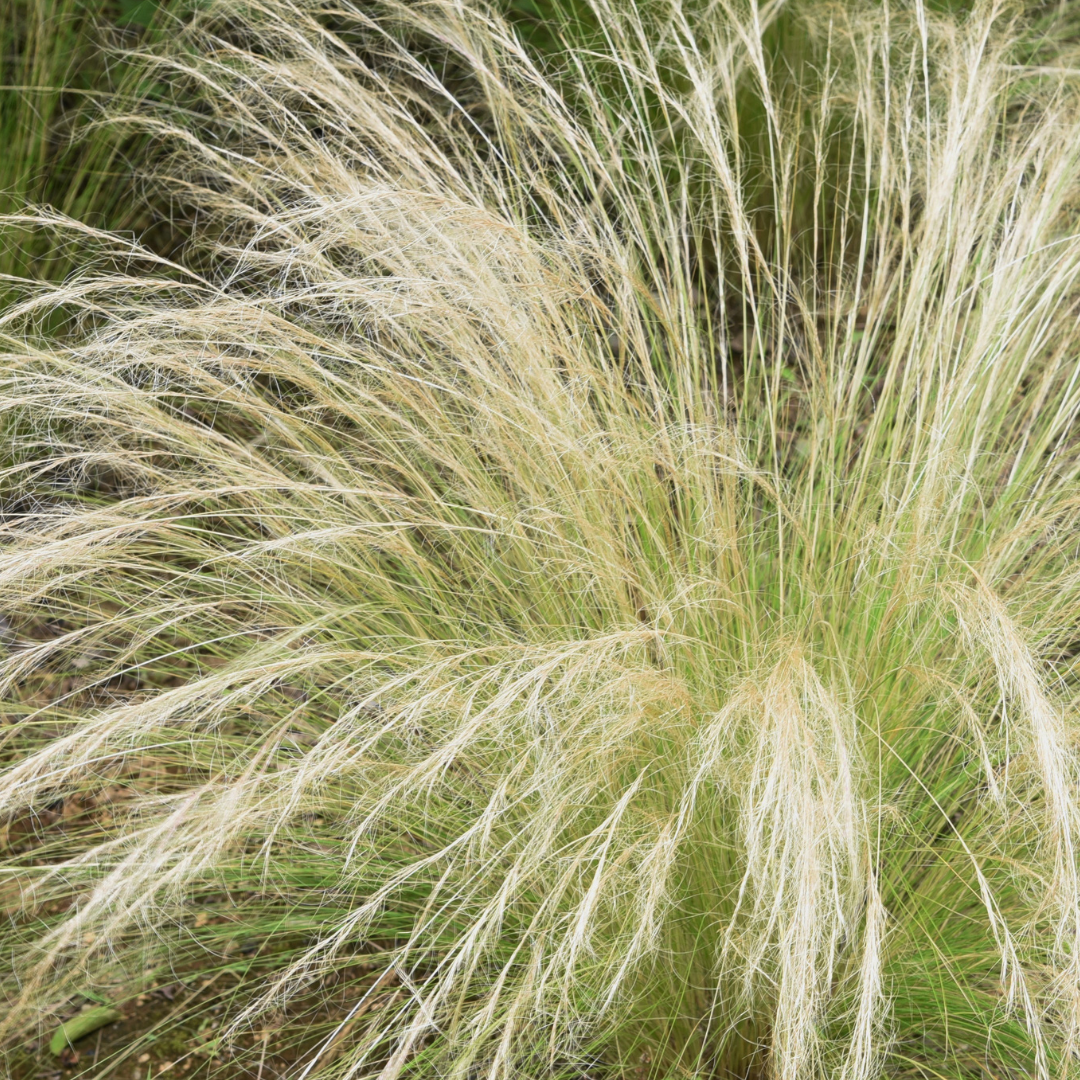This site is protected by hCaptcha and the hCaptcha Privacy Policy and Terms of Service apply.
This perennial dies back to below ground level each year in autumn, then fresh new growth appears again in spring.
Position: full sun
Soil: well-drained, poor to moderately fertile
Rate of growth: average
Flowering period: August to September
Hardiness: fully hardy
With its aromatic leaves and upright spikes of violet-blue flowers, Russian sage makes a wonderful companion to all kinds of late-summer ornamental grasses and perennials. Identified by the RHS as a plant which is 'Perfect for Pollinators', Russian sage will help attract and support bees and other pollinating and beneficial insects. It has also been awarded the RHS Award of Garden Merit for its garden worthiness.
In August and September, tiny, violet-blue, tubular flowers appear on silver-grey spikes above the main framework of the plant, among deeply-cut and lobed, grey-green leaves. This deciduous sub-shrub makes a real impact planted en masse alongside a path, where the sage-like fragrance of its leaves can be appreciated, or try it alongside other silver-leaved plants, or in swathes in a sunny border. One of our recommended plants, it copes well with dry, chalky soil and salt-laden air.
Garden care: As this shrub has a tendency to flop a little, in March cut back to the permanent framework of the shrub to promote bushier growth. After pruning apply a generous 5-7cm (2-3in) mulch of well-rotted garden compost or manure around the base of the plant.





